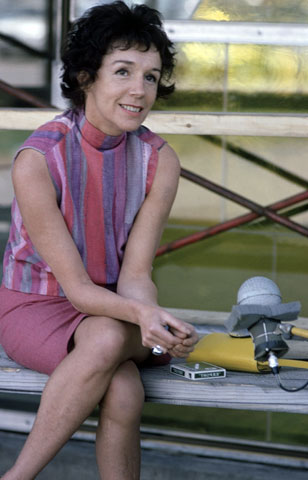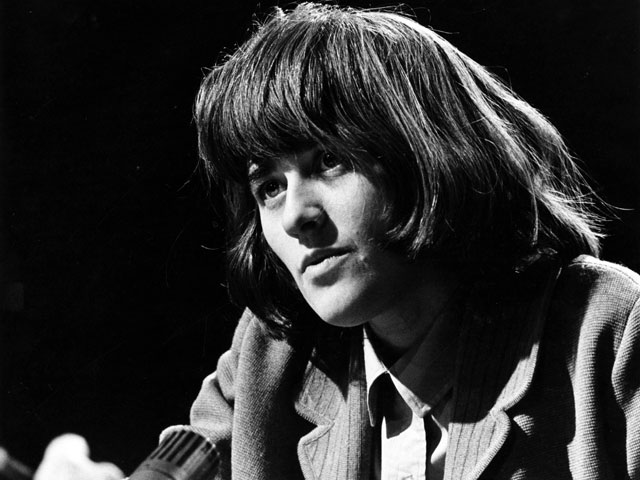Home > Prominent Figures > Marie-Claire Blais (1939- ) and Marcelle Ferron (1924-2001)
Marie-Claire Blais (1939- ) and Marcelle Ferron (1924-2001), female artists
Male and female artists, but also women in general, were responsible for the new life breathed into arts and literature in Quebec during the Quiet Revolution. Novelist Marie-Claire Blais ranked among the memorable women of the era. After publishing three novels and two collections of poems between 1959 and 1964, she published Une saison dans la vie d'Emmanuel in 1965. The novel was deemed scandalous in certain milieus. But this was not the first time the young artist's work was hotly debated. Critics had considered her first novel, La belle bête, as immoral. In 1966, she received the Médicis award for Une saison dans la vie d'Emmanuel. The Médicis is an award for unknown authors and the first of many prizes received during her long and impressive career.
In the art world, one much-talked about woman was Marcelle Ferron. She was a student of Paul-Émile Borduas, who taught her automatist painting, and was a cosignatory of the Refus global in 1948. Ferron returned to Quebec in the 1960s after having spent 13 years in France. She then became interested in glasswork and created a first mural for Expo 1967 and a second imposing and majestic mural for the Montréal Champ-de-Mars metro station in 1968. She returned to painting in the mid 1980s. In 1983, Marcelle Ferron became the first female recipient of the Paul-Émile-Borduas award.




